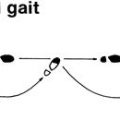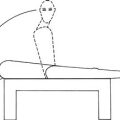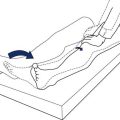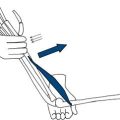Summary of Standard Neurological Examination
If the history provides no suggestion of focal neurological deficit, no speech disturbance and no disturbance of higher function, then you can use a standard neurological examination. If you find any abnormality or if the history points to a likely deficit, then that must be explored further.
Standard neurological examination
• Gait.
• Pupils: direct and consensual reactions.
• Test fields to hand movements.
• Eye movements to pursuit on upgaze and lateral gaze.
• Facial sensation to light touch with fingertip in all three divisions of trigeminal.
• Facial movement: ‘Screw up your eyes—show me your teeth.’
• Arms:
– Test tone at wrist and elbow.
– Observe outstretched arms with eyes closed (pronator test).
• Legs:
– Test reflexes in arms and legs (biceps, triceps, supinator knee, ankle and plantar response).
– Test joint position sense in toes and fingers.
– Test vibration sense on toes and fingers.






